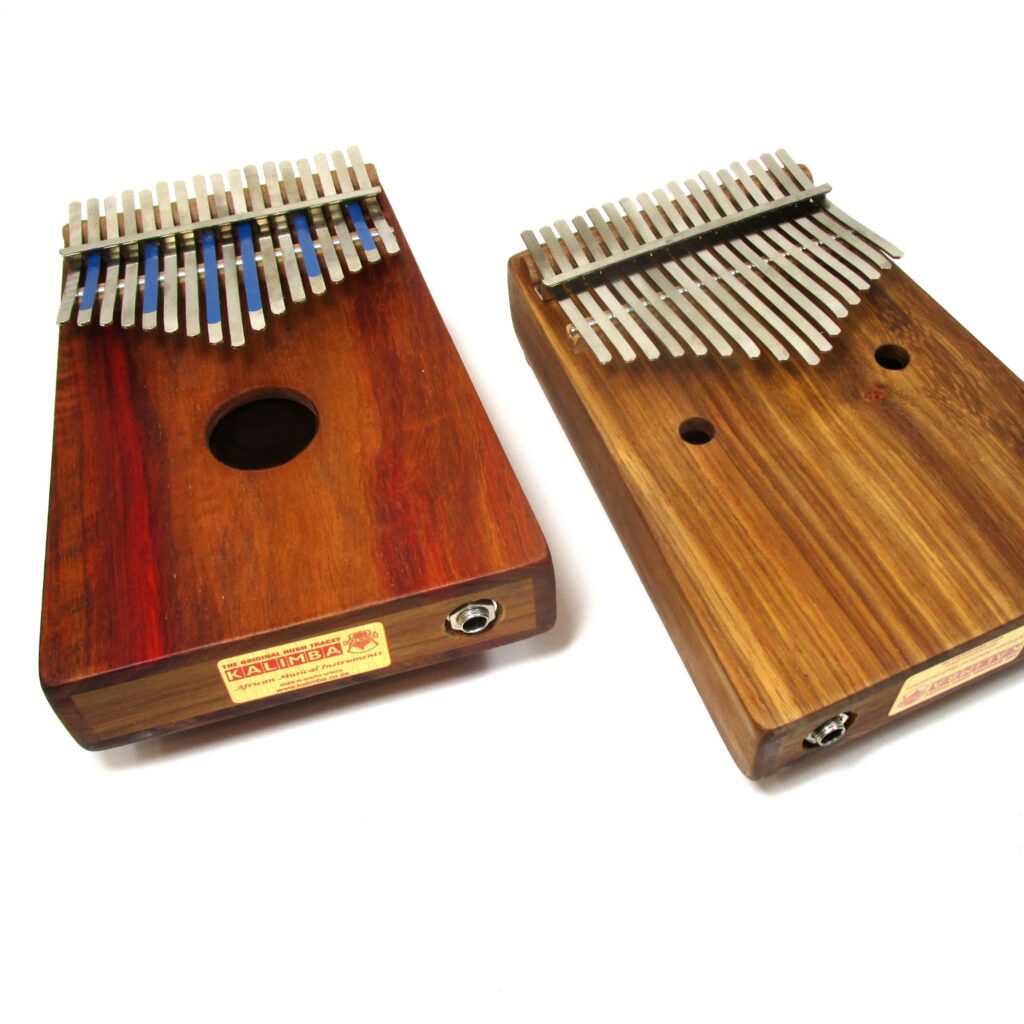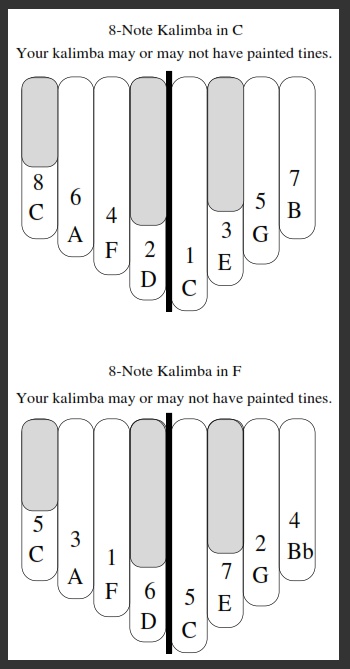

In the meantime, a local music teacher had given me a Nigerian lamellaphone with keys made of rattan. I hounded Andy to make one for me, but time and again he refused. Andy was an art professor who had made an instrument from descriptions and photos in Paul Berliner’s book, “The Soul of Mbira.” I had taken Berliner’s course in jazz history while working on my masters degree at Northwestern University in the late 1970s and immediately recognized the instrument. I was in a group touring and performing Cage’s music when one of my colleagues showed me an mbira dzavadzimu made by Andy Cox. It was those pieces written from 1935 to 1943 that piqued my curiosity about percussion instruments from various world cultures, particularly from Africa. Cage used percussion instruments from around the world in his early works for percussion. I came to “world music” through John Cage, who was the subject of my doctoral dissertation. Michael Williams, in his own words:īMW: I’ve taught percussion at Winthrop University for 22 years. KM: Here is your introduction to percussionist and scholar B. Michael Williams is a lover of mbira, karimba, and traditional African musics. Interview with Scholar and Mbira/Karimba Artist B.The rhythm is not notated in any way, but if you know the song, you will be able to play an appropriate rhythm.

Kalimba magic how to#
If you want to see a video showing you how to tune the kalimba, search YouTube for “tune kalimba.” In the songs that follow, we write out the words to the song, and above the words we write out the number of the note to be played. Borrow someone’s electronic chromatic guitar tuner, or buy your own for $20. Also, if you want to play the songs in the second half of this guide, you will need to change the tuning a bit. The kalimba comes precision-tuned, but you will probably find that you need to adjust the tuning after a few months of good playing. In other words, by using this numbering system, the tiny little 6-Note kalimba can be a doorway into the wonderful and fascinating world of music - this little instrument can launch you into the piano, the guitar, or any number of instruments, and learning with this system can help you or your child with ear training. This is a universal system, and people who know music can hear the interval from 1 to 3 (the major 3rd) or from 1 to 5 (the 5th) in their heads.

1=Do, 2=Re, 3=Mi, 4=Fa (missing from the pentatonic scale), Sol=5, La=6, Ti=7 (also missing), 8=Do (one octave above the starting Do). You may be surprised by the numbers above: where are 4 and 7? These notes are missing from the pentatonic scale! It might seem 5' simpler C 2 if the numbers 3 went G 6 1 1,2,3,4,5,6, but instead we 5 use the A numbers D F C © 2010 Mark Holdaway 1,2,3,5,6,8 because they map into the regular diatonic major scale. Standard C Tuning 8 5 6 C 2 3 G 1 A D E C To make playing the songs in this book easier, I suggest you write the numbers onto F Tuning the kalimba tines with a Sharpee marker. The first part of this guide has songs for the standard tuning, the second part has songs in an F or G tuning. The lowest note is in the center, and the higher notes are on the sides, both left and right. The standard C tuning for the 6-Note kalimba is shown below. This instructional booklet shows you how to play several familiar songs on the new Catania 6-Note Pentatonic Kalimba using a numbers-based approach. The Catania 6-Note Pentatonic Kalimba Mark Holdaway, PhD This kalimba is perfect for beginners of all ages, but is especially good for kids 4-10.


 0 kommentar(er)
0 kommentar(er)
